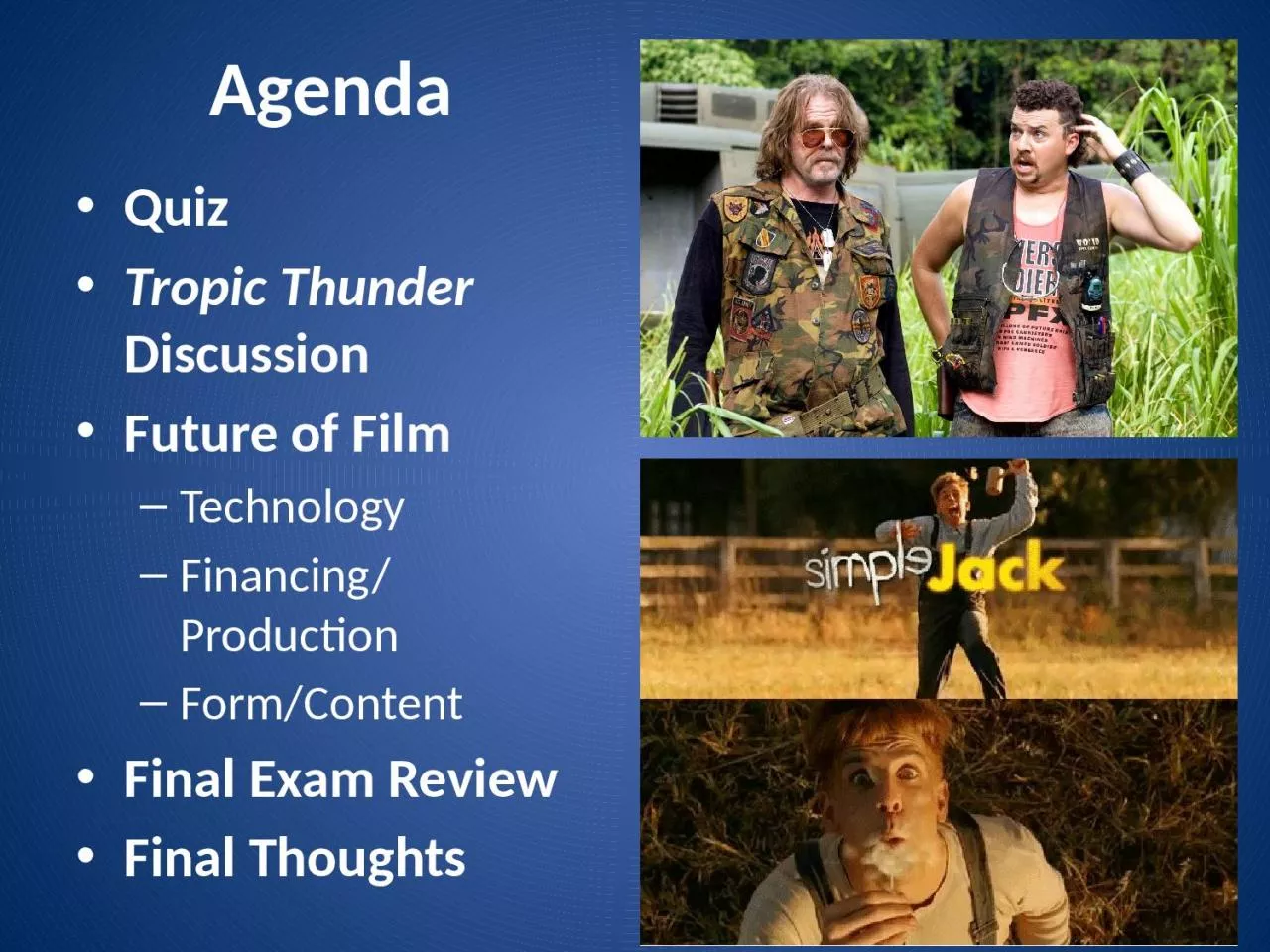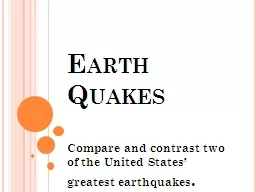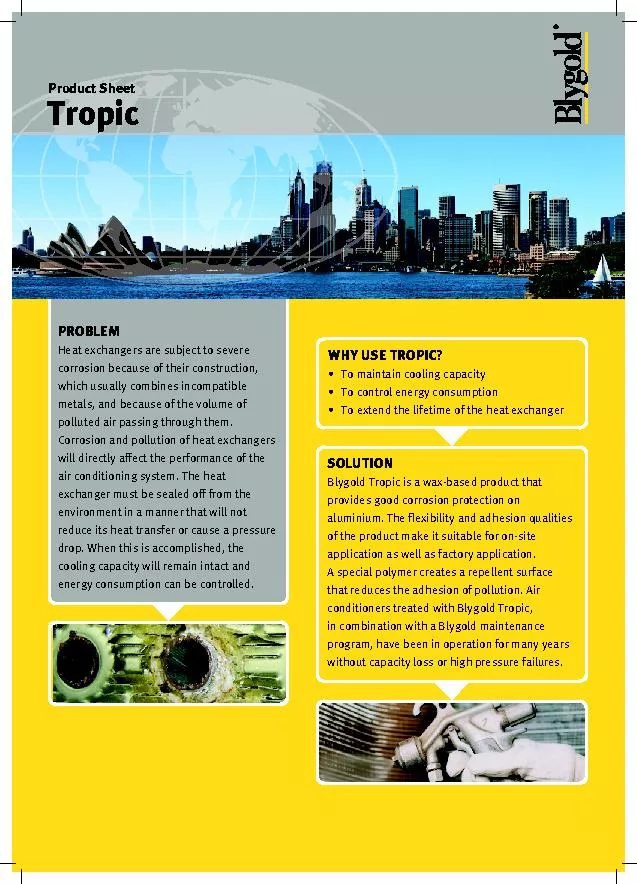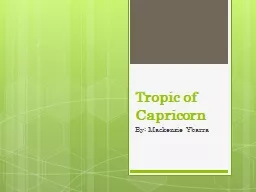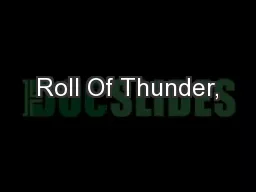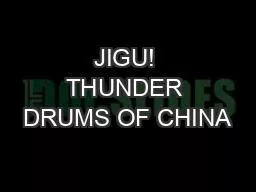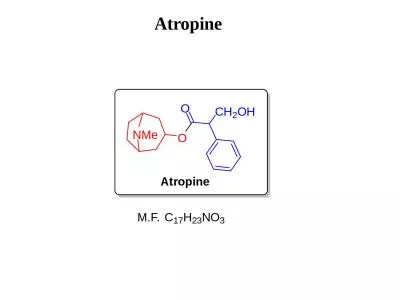PPT-Agenda Quiz Tropic Thunder
Author : teresa | Published Date : 2024-03-13
Discussion Future of Film Technology FinancingProduction FormContent Final Exam Review Final Thoughts Orienting Questions Whats the central conflict What are the
Presentation Embed Code
Download Presentation
Download Presentation The PPT/PDF document "Agenda Quiz Tropic Thunder" is the property of its rightful owner. Permission is granted to download and print the materials on this website for personal, non-commercial use only, and to display it on your personal computer provided you do not modify the materials and that you retain all copyright notices contained in the materials. By downloading content from our website, you accept the terms of this agreement.
Agenda Quiz Tropic Thunder: Transcript
Download Rules Of Document
"Agenda Quiz Tropic Thunder"The content belongs to its owner. You may download and print it for personal use, without modification, and keep all copyright notices. By downloading, you agree to these terms.
Related Documents

